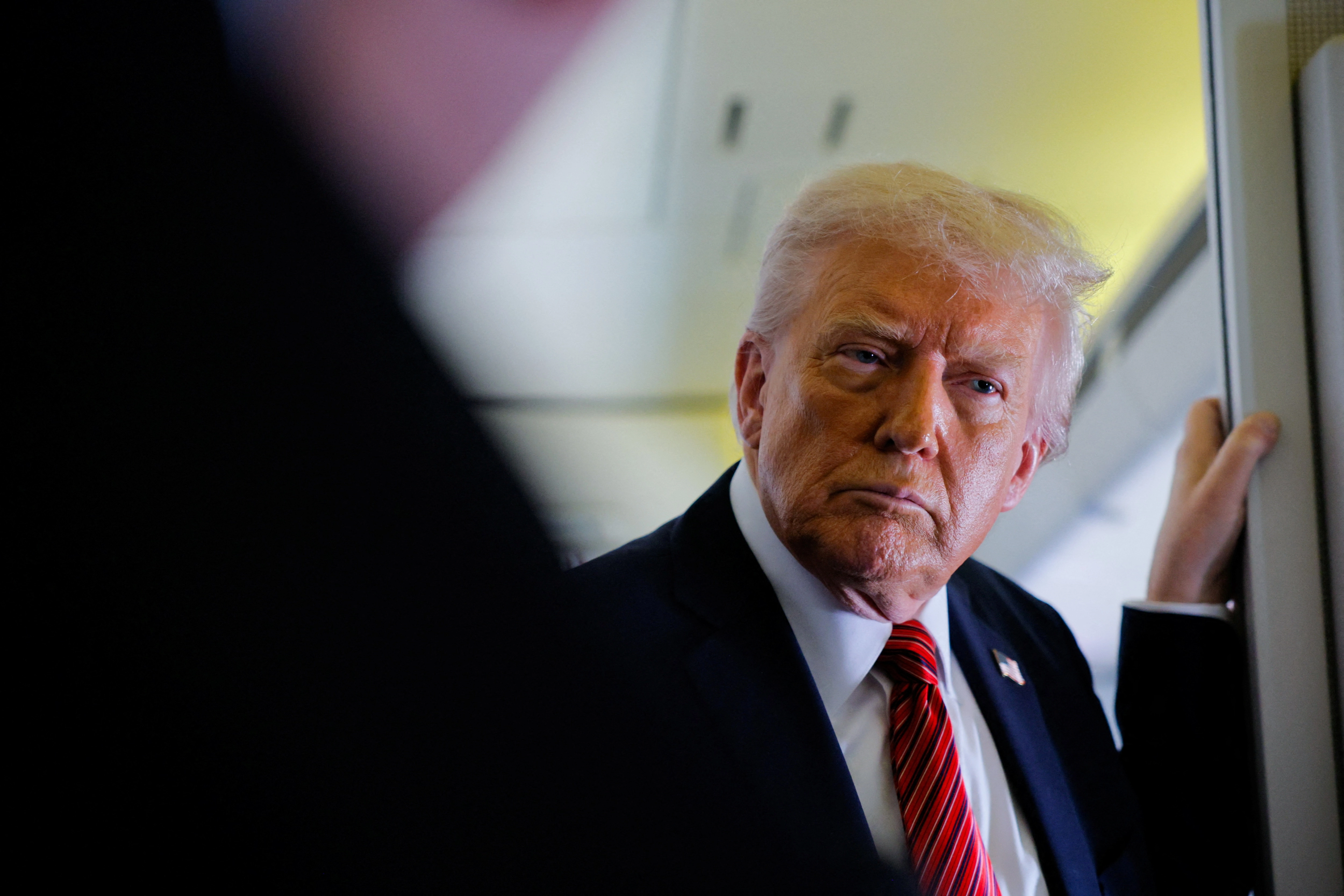In a critical meeting held just days before a potential government shutdown, former President Donald Trump engaged in discussions with Democratic leaders to address pressing budgetary concerns. The stakes were high, as the looming deadline put immense pressure on both parties to find common ground. The meeting was characterized by an urgent atmosphere, with government funding running out soon and the threat of a shutdown affecting millions of Americans, including federal workers and services that rely on government support.
Democrats, aware of the political implications of a shutdown, aimed to negotiate terms that would ensure continued funding for essential services while also pushing for key priorities, such as social programs and infrastructure investments. Trump, on the other hand, emphasized the need for fiscal responsibility and sought to advocate for his agenda, which includes stricter immigration policies and increased defense spending. The discussions highlighted the stark divide between the parties, as both sides presented their demands and priorities, making it clear that compromise would be necessary to avert a crisis.
As the talks progressed, tensions flared, reflecting the deep political divides that have characterized recent years in American politics. Both sides recognized the potential fallout of a government shutdown, including the impact on public trust and the economy. With the clock ticking down to the deadline, there was a palpable sense of urgency to reach a consensus. Observers noted that any agreement would require significant concessions from both Democrats and Republicans, underscoring the complexities of the negotiations.
Ultimately, the meeting was not just about immediate funding needs; it was also a litmus test for the willingness of both parties to collaborate in a highly polarized environment. The outcome of these discussions could set the tone for future legislative efforts and influence the political landscape as the nation heads toward the next election cycle. With public sentiment increasingly favoring bipartisanship, the pressure was on both Trump and Democratic leaders to demonstrate their commitment to governance and the well-being of the American people. As the deadline approached, all eyes were on Washington, where the fate of government funding hung in the balance.




